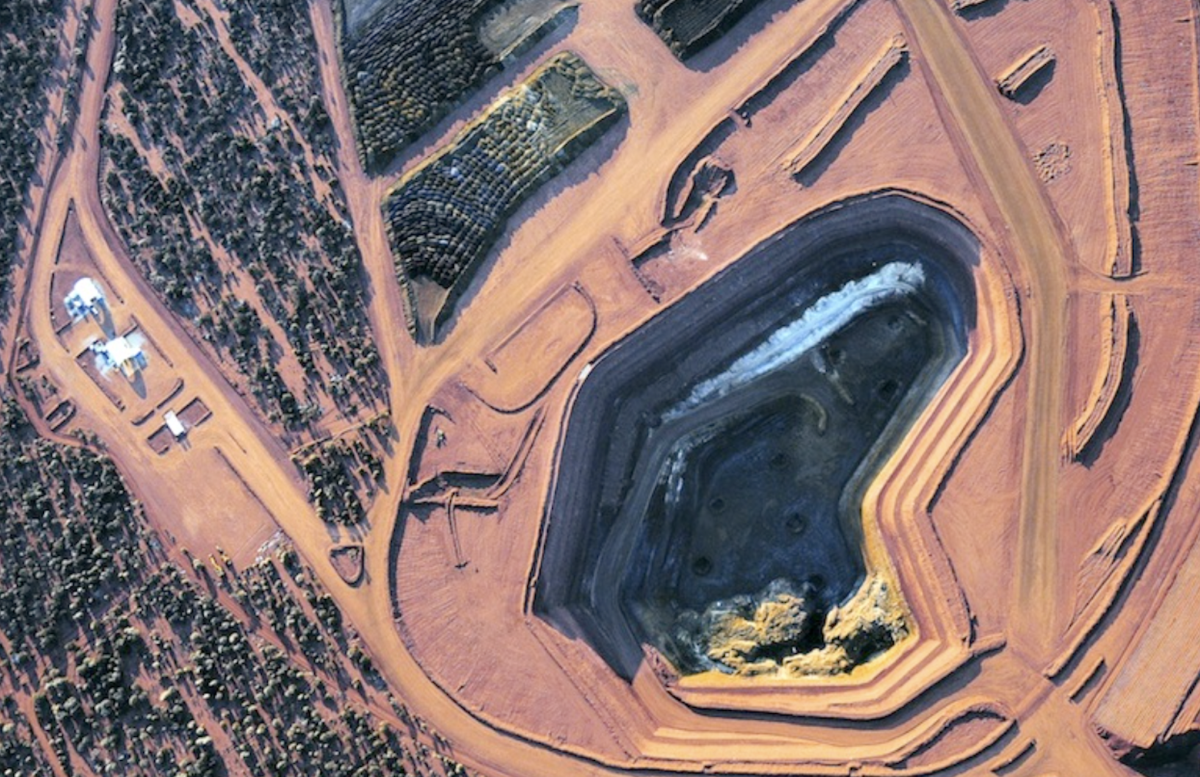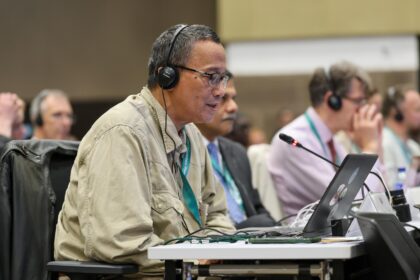[ad_1]
Oops! They’ve done it again. (Apologies to Britney Spears.)
Yet again, China’s sabre rattling, has ended in an unintended looming disaster.
This time, it’s rare earth elements (REEs), which are used in modern jet fighters, electric vehicles, computer memory, DVDs, rechargeable batteries, cellphones, catalytic converters, magnets and many other uses.
Essentially, China’s threat to limit the export of rare earths to the world, is starting to have a perverse opposite effect — namely, a supply glut and price crash — Forbes Magazine reports.
Crucial signs of the new playing field have been clearly noted in Australia, the world’s second biggest source of REEs, and China, where over-production to catch high prices of some of the elements hurt the prices for others.
Events in the market for exotic material such as praseodymium and neodymium, used to make permanent magnets in advanced aircraft such as F-35 fighters, as well as electric cars, are being matched by developments in financial markets where a rush is underway to develop mines and processing facilities to counter China’s dominance, Forbes reported.
Earlier this week, China’s Minister of Industry and Information Technology, Xaio Yaqing, told a media briefing that some REEs were being sold too cheaply because of “vicious domestic competition.â€
According to a Reuters report, Xiao said some rare earths were not selling at a rare price but at an earth price.
China currently produces about 70% of REEs globally, and has used its dominance in the past as geopolitical and economic leverage.
Citing anonymous sources, Bloomberg reports that Beijing could ban the export of rare-earths refining technology to countries or companies it deems as a threat.
And although China has no imminent plans to restrict shipments, it is keeping that option in its “back pocket†if Sino-US relations deteriorate further, Money Week reported.
The nature of most rare earth deposits is that they contain a mix of the 17 elements categorized as rare earths, a misnomer as they are neither rare nor earths, just technically difficult to separate into a usable form, and very messy, environmentally speaking.
The problem is that while demand for praseodymium and neodymium is high there is limited demand for other elements which are mined in conjunction, such as cerium and lanthanum, Forbes reported.
In Australia, Amanda Lacaze, chief executive of Lynas Corporation, that country’s biggest rare earth producer warned last week that there was a risk of “overbuilding†mines and processing facilities because of the concern about a threatened Chinese export embargo.
Lacaze said that an inefficient allocation of capital, one way of describing construction of excess capacity, would result in losses for investors.
But in no way has that stopped investment into emerging rare earth producers outside the realm of China.
Case in point — successful capital raisings by rare earth startups, such as Hastings Technology Metals, which attracted US$78 million (AUS$100 million) in fresh funds for its Yangibana project in Western Australia (WA), Forbes reported.
Specialist titanium minerals miner, Iluka Resources, was also negotiating with a number of governments seeking rare earths from a proposed refinery, also in WA.
Similar moves to boost non-Chinese supplies of REEs are underway in the US and Canada, and even Greenland, of all places — all encouraged by a US government study into supply chain vulnerability of critical minerals.
Greenland has what the US Geological Survey (USGS) calls the world’s biggest undeveloped deposits of REEs, VOA News reported.Â
As a result, two Australia-based mining companies are racing for approval to dig in projects that will cost US$500 million each.
The debate over the possible mines has created a political crisis. In April, a general election will be held on the island of 56,000 people.
Many Greenlanders are concerned about pollution. But they believe mining is important for developing their economy.
A Catch 22, that many nations may face in the future.
The US defense department last month awarded Australia’s Lynas US$30 million to set up a rare earths processing facility in Texas, QUARTZ.com reported.
That’s in addition to the Pentagon granting funding last year to a joint venture between Lynas and Texas-based Blue Line to separate heavy rare earths in the US.
A new CDN$31 million REE processing facility is also being built in Saskatoon, Canada, CBC News reported.
The million facility was announced last August and will be financed by the province, and owned and operated by the Saskatchewan Research Council (SRC).
It is expected to be fully operational by late 2022.
Officials said the new plant can accept materials from essentially all over the world, presenting a “very interesting economic development locally.â€
One company, Appia Energy Corp., says it has discovered pegmatites, rock formations that contain high-grade REEs, in the northern Saskatchewan area of Alces Lake, CBC News reported.
After China cruelly halted Covid-19 vaccine shipments to Canada — even after agreeing to a deal — nobody trusts Beijing anymore.
Xi Jinping has written his cheque, and it has bounced.
Weaponizing rare earths has proven to be a double-edged sword — it might create concern in some countries, but it also ensures a future surge in price crushing over-supply.
Ironically, hurting Chinese rare earth producers.
[ad_2]
Source link













